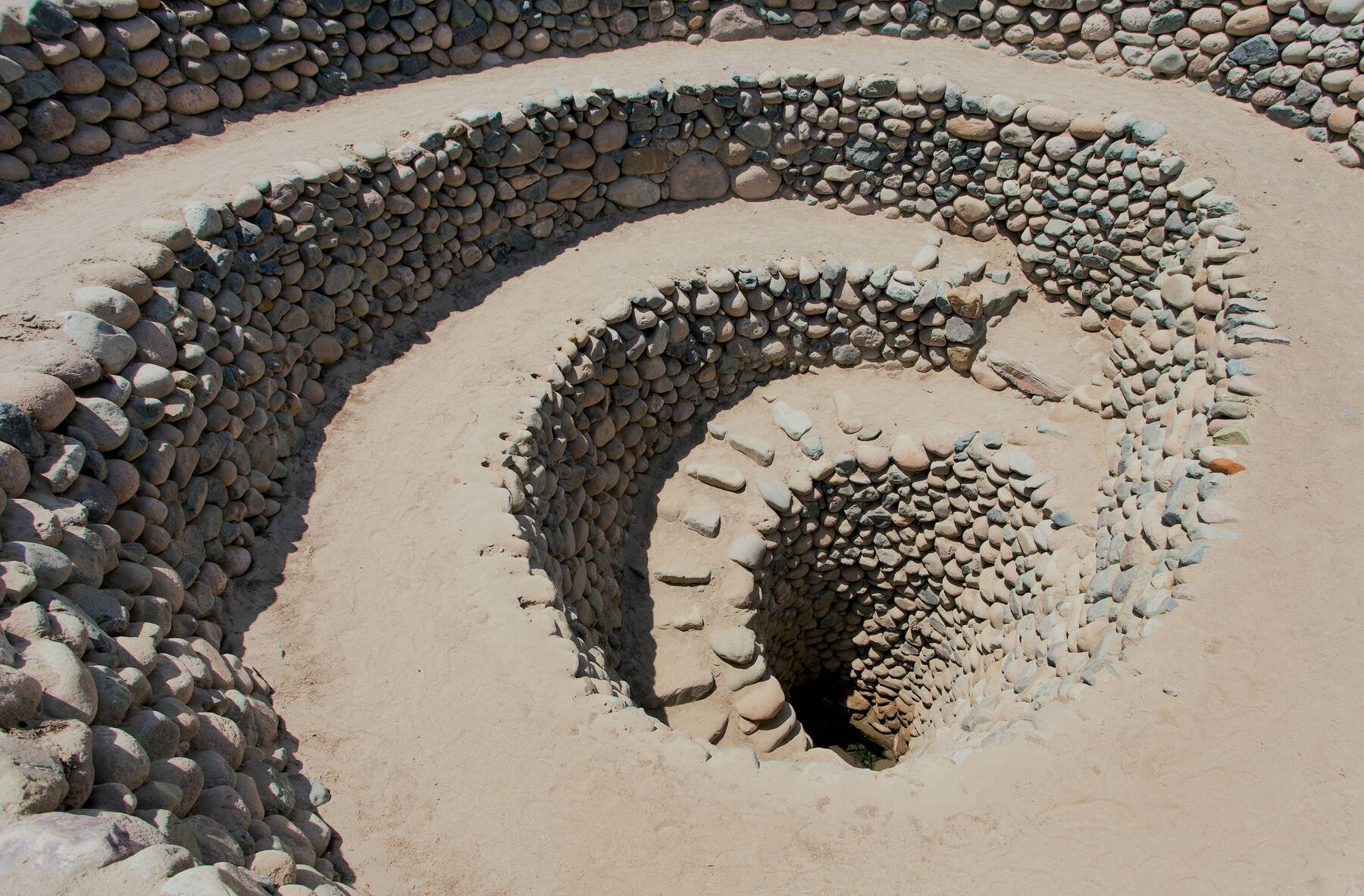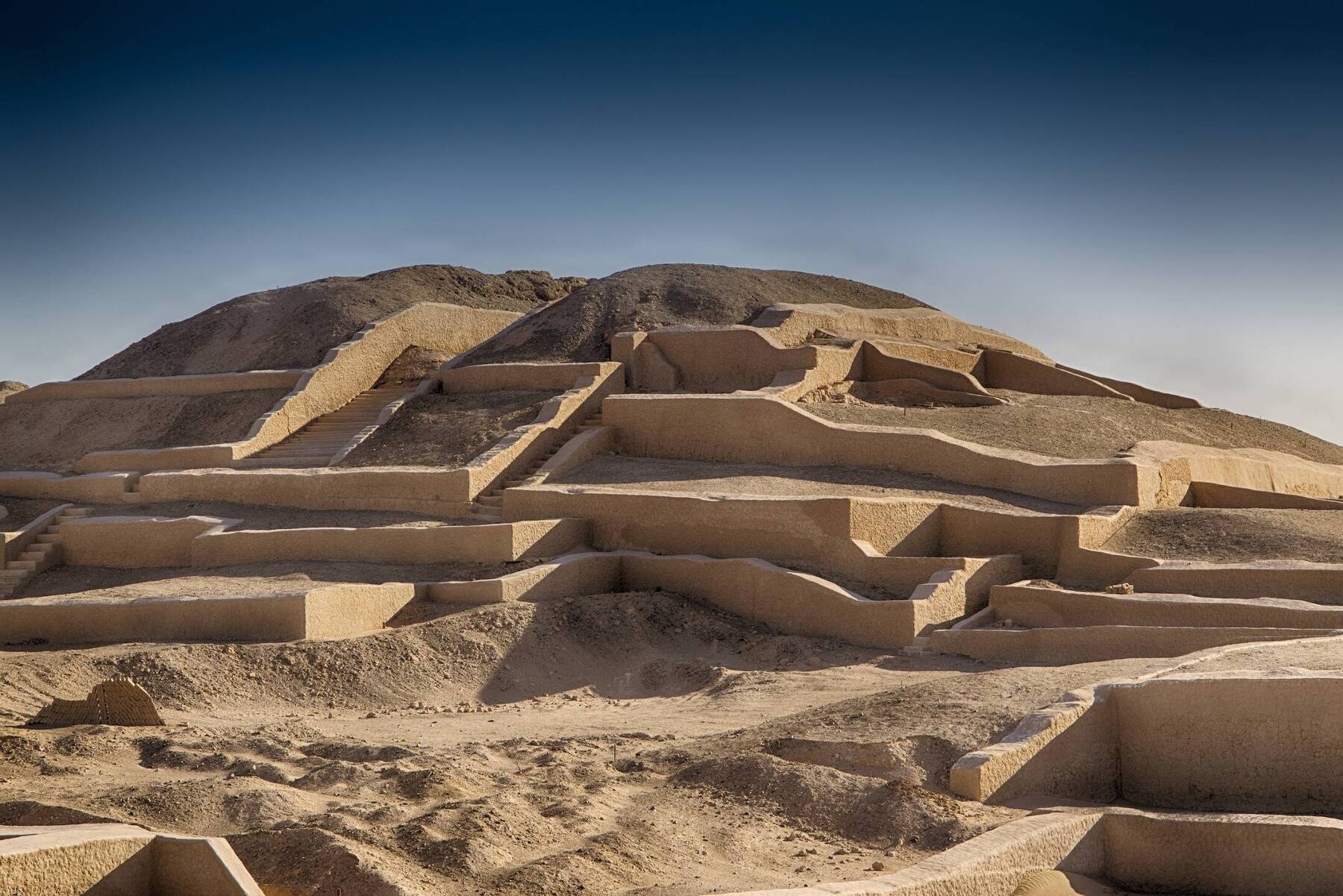Cantalloc Aqueducts
The Nazca area only receives around 1-2cm of rain a year, so it's not surprising that the Nazca people needed a way to find water. One of their greatest achievements was the Cantalloc Aqueducts, an ancient underground water system still used by farmers today for watering crops. Built roughly 1,500 years ago, the series of spiralling holes around 15m apart, some 7m deep, are lined with rock and lead to underground tunnels. The puquois, or wells, look like giant plugholes in the earth and move the water to zig-zagged channels and onto a reservoir.
The aqueducts lie 4km south-east of Nazca township. Guided tours are worthwhile to bring more meaning to what you see but you’ll still come away wondering how the Nazca people knew where to find the underground water in the first place.






















Comments